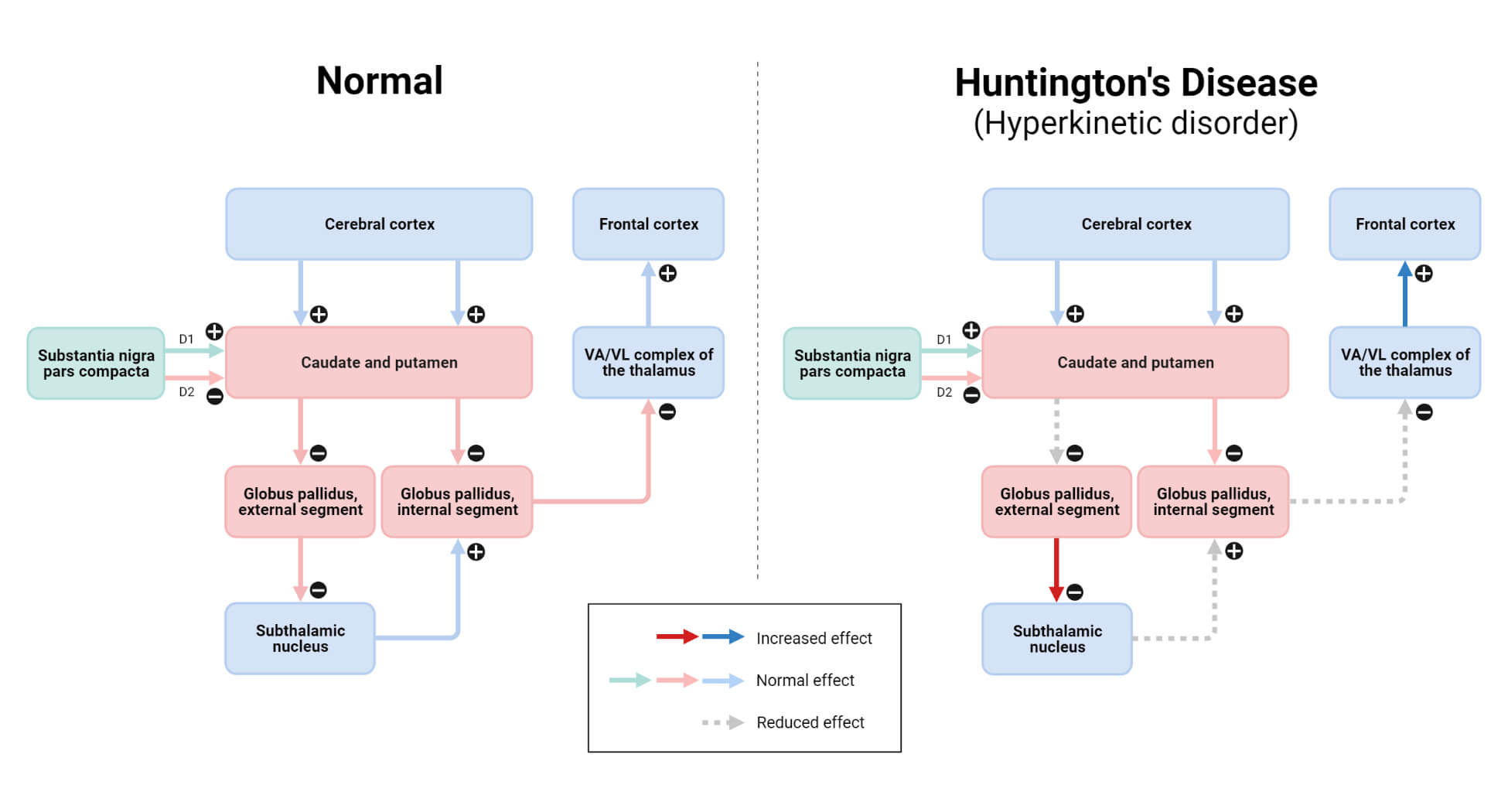Interesting Science Videos
Monohybrid Cross Definition
A Monohybrid cross is a type of genetic cross between two individuals with homozygous genotypes of a single character or trait, often resulting in an opposite phenotype.
- Monohybrid crosses are usually performed to determine the genotypes of offspring of homozygous individuals. The hybrid produced from this cross helps in the identification of the dominant genotype in the allele.
- Even though monohybrid crosses are often associated with homozygous genotypes, these are also used to determine the genetic mix between individuals with heterozygous genotypes.
- The success of the monohybrid cross is determined by evaluating the monohybrid ratio of the second-generation offsprings.
- Monohybrid crosses are performed to identify the dominant allele for a particular genetic trait. The cross occurs between the parents where one parent is homozygous for one allele, and the other is homozygous for the other allele.
- The result of the cross occurs in the form of heterogeneous hybrid offsprings expressing the dominant trait.
Steps of Monohybrid Cross
Monohybrid crosses are performed to estimate the phenotypic and genotypic ratios of the crosses and to determine the dominant allele. The following are the steps that are used to perform a monohybrid cross;
- A particular character or trait is selected, and the alleles are indicated with certain alphabet characters. The dominant alleles are indicated with upper case letters, whereas the recessive alleles are indicated with lower case letters.
- The Punnet square is set up by listing the phenotype and genotype of the parents being crossed. The genotype of the gametes is also determined as the gametes will be haploid as a result of meiotic division.
- The probable combination of the genotypes is written within the Punnet square as all combinations are possible as the process of fertilization is random.
- The phenotypic and genotypic ratios of the offsprings are determined and written down. The resulting combination is called the F1 generation.
Examples of Monohybrid Cross
1. Mendel’s Peas
- George Mendel used the monohybrid cross to determine the dominant and recessive traits in the case of peas.
- An example of such experiments is the length of the plant. Some peas are taller while the others are shorter.
- The homozygous allele for the tall pea plant is represented by TT, and the homozygous allele for the short/dwarf pea plant is represented by tt.
- A monohybrid cross between the two plants results in the production of heterozygous genotype (Tt).
- In terms of phenotype, the hybrids are long pea plants, thus indicating that the tall trait is the dominant trait and the short trait is a recessive trait.

2. Huntington’s Disease
- Huntington’s disease is a condition resulting from a genetic disorder. The disease is caused by the Huntingtin gene.
- Studies have been conducted to determine the genotypic condition responsible for the disease.
- When a homozygous dominant gene of an individual was paired with the homozygous recessive gene of another individual, all the offsprings carried the dominant allele.
- It was discovered that the dominant allele was responsible for the disease and that all the children of such individuals would have the disease.

Monohybrid Cross vs Dihybrid Cross (7 Differences)
| Characteristics | Monohybrid Cross | Dihybrid Cross |
| Definition | A Monohybrid cross is a type of genetic cross between two individuals with homozygous genotypes of a single character or trait, often resulting in an opposite phenotype. | A Dihybrid cross is a type of genetic cross between two individuals with either homozygous or heterozygous genotypes of two characters or traits. |
| Occurs between | Monohybrid crosses takes place between homozygous individuals with different alleles for a single trait. | Dihybrid crosses takes place between homozygous or heterozygous individuals with different alleles for two distinct traits. |
| Phenotypic ratio | The phenotypic ratio of the offsprings in the F2 generation in the case of a monohybrid cross is 3:1. | The phenotypic ratio of the offsprings in the F2 generation in the case of dihybrid cross is 9:3:3:1. |
| Genotypic ratio | The genotypic ratio of the offsprings in the F2 generation in the case of a monohybrid cross is 1:2:1. | The genotypic ratio of the offsprings in the F2 generation in the case of dihybrid cross is 1:2:2:4:1:2:1:2:1. |
| Test cross ratio | The test cross-ratio of a monohybrid cross is 1:1:1:1. | The test cross-ratio of a dihybrid cross is 1:1. |
| Significance | Monohybrid crosses are performed to determine the dominant allele of a character. | Dihybrid crosses are performed to study offspring assortment. |
| Examples | An example of a monohybrid cross is the cross between tall pea plants and dwarf pea plants. | An example of a dihybrid cross is the cross between pea plants with yellow round and green wrinkled seeds. |
References and Sources
- Verma PS and Agarwal VK (3005). Cell Biology, Genetics, Molecular Biology, Evolution, and Ecology. Multicolored Edition.
- https://askinglot.com/how-do-you-use-a-monohybrid-cross-in-a-punnett-square – 12%
- https://pediaa.com/difference-between-monohybrid-and-dihybrid-inheritance/ – 8%
- https://www.thoughtco.com/monohybrid-cross-a-genetics-definition-373473 – 4%
- https://askanydifference.com/difference-between-dominant-and-recessive-allele/ – 2%
- https://www.berufsschule-schongau.de/monohybrid_cross_answers.pdf – 1%
